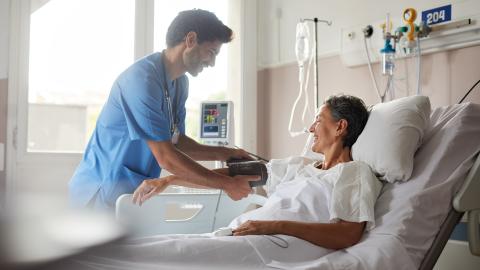Resource
Learn more about your heart surgery
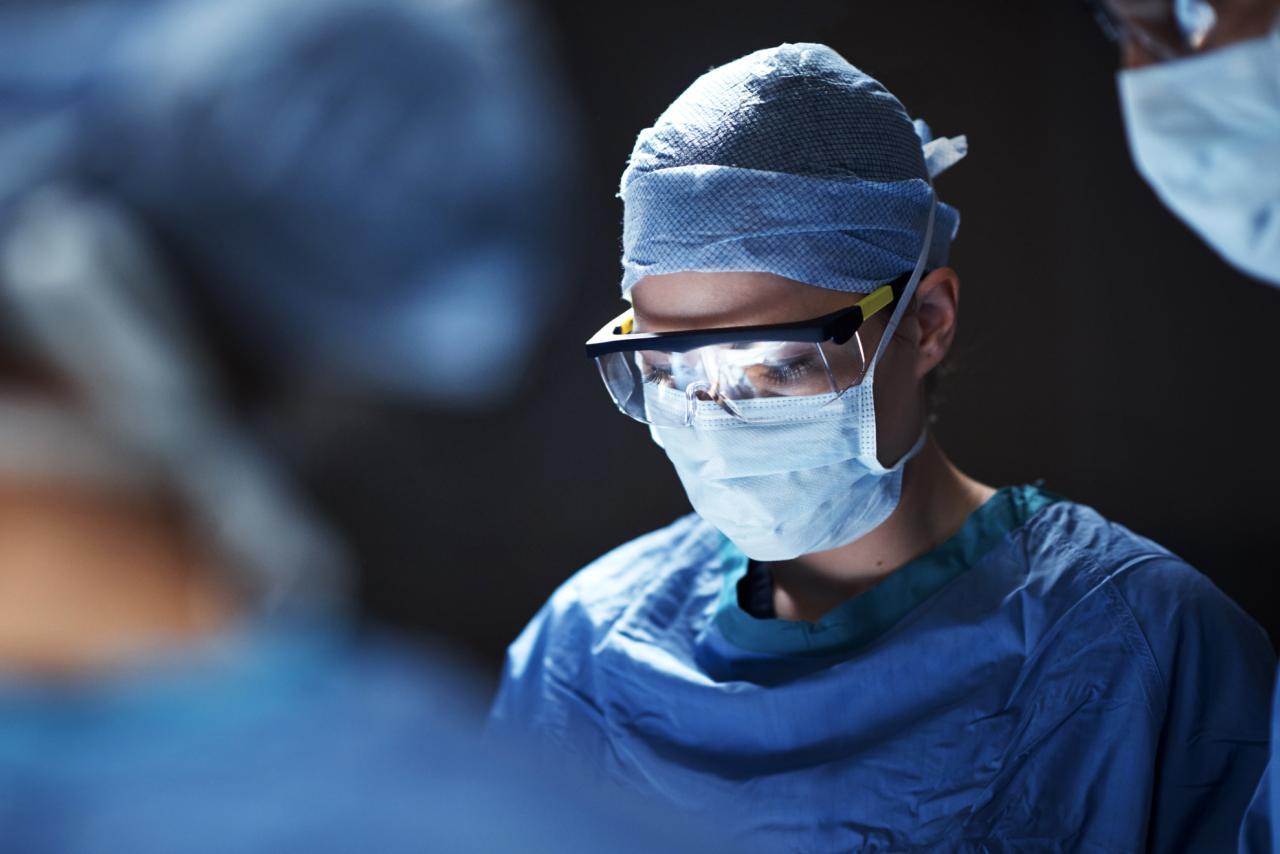
Heart surgery is one treatment but not the only treatment for managing heart disease.
Coronary artery bypass surgery
When one or more of the coronary arteries become blocked, surgery can be done to redirect blood flow around the blocked areas and improve blood supply to the heart. This surgery is called coronary artery bypass surgery (also known as bypass surgery or CABG -pronounced “cabbage”)
Traditionally, coronary artery bypass surgery is done through an incision in the chest and breastbone (also known as sternotomy).
Blood vessels (arteries or veins) may be taken from the chest, legs, and/or arms for bypass grafts.
The bypass grafts are sewn onto the aorta (the large blood vessel that carries blood away from your heart towards the rest of the body) and onto the coronary artery past the blockage. The heart is temporarily stopped while the bypass grafts are sewn onto the blood vessels. Tubes will be put into the heart so blood can still be pumped to the rest of your body through a heart-lung bypass machine.
Depending on the location and number of blocked coronary arteries and your medical condition, some people may be candidates for minimally invasive surgery — also known as robotically assisted minimally invasive direct coronary artery bypass surgery (robotically assisted MIDCAB). In this type of surgery, the surgeon uses a robotic device with two arms and a telescope. This device allows the surgeon to access the heart without making a large incision or cutting through the breast bone.
Heart valve surgery
When heart valves do not open or close properly, blood does not always flow forward, or blood flow may not be enough between the heart chambers. Depending on the degree of valve disease, your surgeon will repair or replace the valve. Valves may be repaired using rings or replaced with a tissue or mechanical valve. Your surgeon will discuss which valve may be best for you.
-
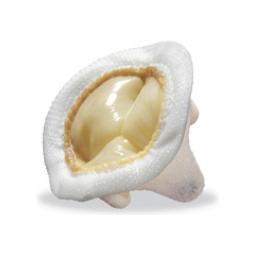
Tissue valves
Bioprosthetic valves, also known as tissue valves, are animal valves similar to your heart valves. These valves may not last as long as mechanical valves but cause fewer problems with clot formation and do not require the long-term use of anticoagulants (blood thinners) to prevent blood clots and strokes. Some patients may need anticoagulants short-term after surgery. If and when the valve wears down, another replacement may be considered.
-
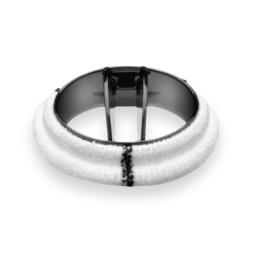
Mechanical valves
Mechanical valves are made from more durable materials such as metal and plastic. They last longer than tissue valves but require anticoagulants long-term to prevent blood clots and stroke. You will need to take this medication and have frequent blood tests for the rest of your life.
Minimally Invasive Surgery (MIS)
Valve surgery is traditionally done through an incision (a cut) in the chest and breastbone, also known as sternotomy. However, if you only need surgery for your mitral valve, you may have the option of having it done using a minimally invasive technique (MIS).
When using the MIS technique, a small incision, a mini-thoracotomy, is made below your right breast through your chest wall. The incision is five to six cm long. Through this incision, the surgeon can repair or replace your valve. There will be a small opening below the incision, and you may have a small incision in your groin where the surgeon may access your blood vessels during surgery.
If you want to know more about minimally invasive surgery and find out if it is an option, ask your surgeon.
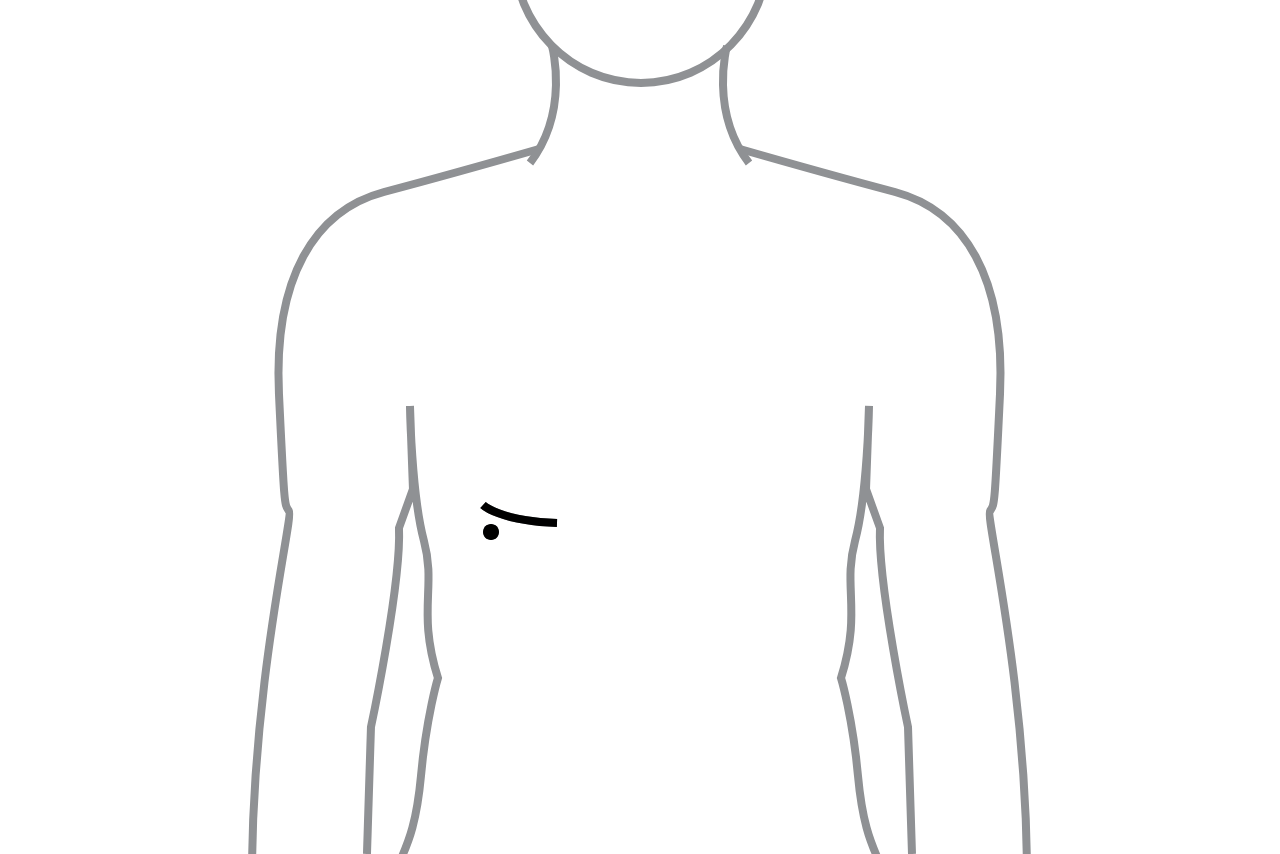
Robotically assisted MIDCAB
In robotically assisted MIDCAB, three small (one cm) holes are made on the left side of the chest to place the two arms and the telescope. An artery called the left internal mammary artery (LIMA) is removed from the back of the chest wall for use as a bypass graft.
Then, a five to six cm incision is made on the front of the chest, just to the left of the breastbone. This incision allows the surgeon to connect the LIMA to the left anterior descending (LAD) artery so blood can flow around the narrowing or blockage in the LAD.
After robotically assisted MIDCAB, some people may also need a stent placed in other blocked coronary arteries before they are discharged home. If this is required, the surgeon will discuss this option with you.
There may also be a slight chance with robotically assisted MIDCAB that the surgery will be switched to a sternotomy. Your surgeon will discuss this with you.
Ask your cardiologist or surgeon if you would like to know if your blocked arteries would be better treated with traditional surgery (sternotomy) or robotically assisted MIDCAB.
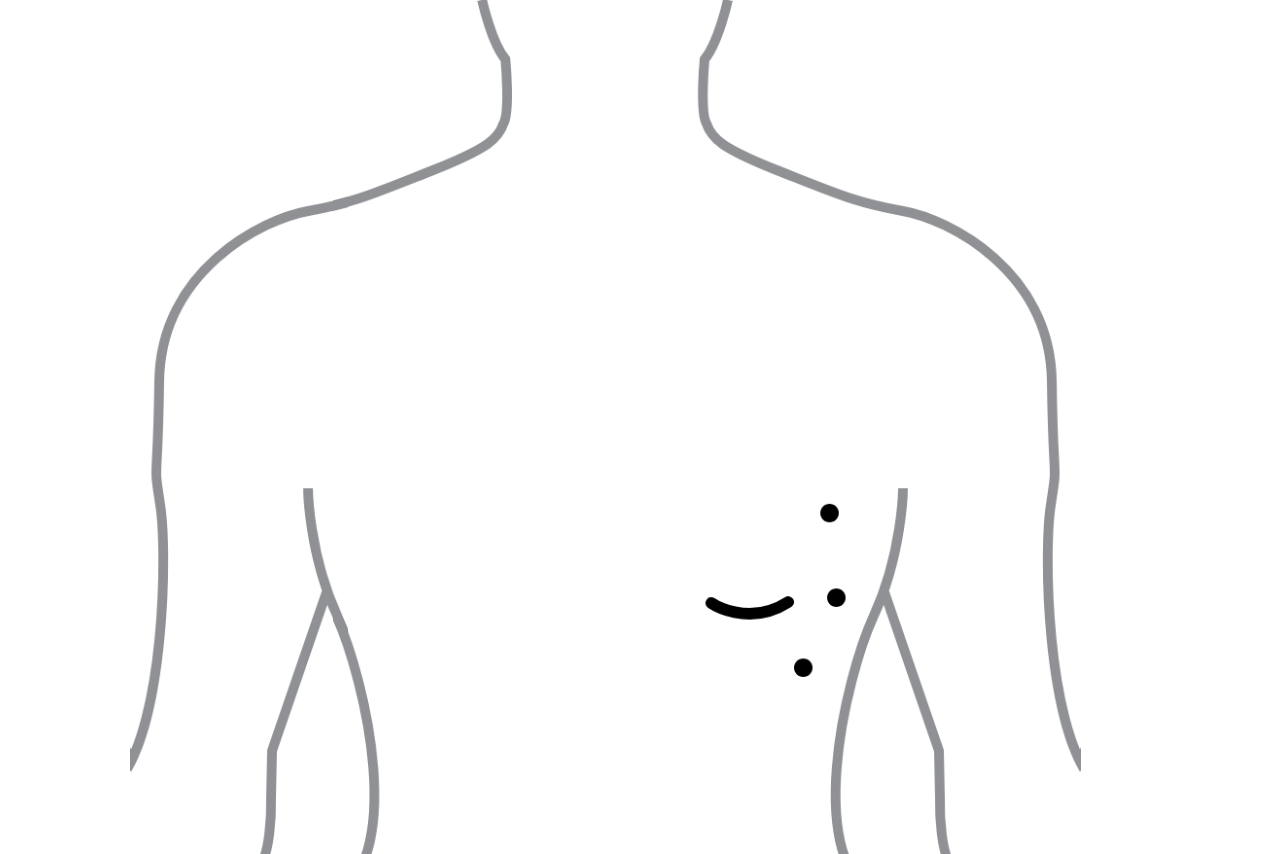
Surgery for aortic disease
In addition to medications, there are two ways to surgically manage or repair aortic disease. Your doctor will discuss which is the best option for you. Depending on the location of your aneurysm and your medical condition, one option may be better suited for you. Some people may need both options.
-
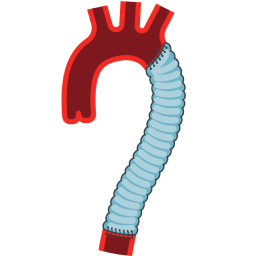
Open surgical repair
Depending on the location of the aneurysm, an incision (cut) is made through your breastbone (sternotomy) or in your side between your ribs (thoracotomy). The aneurysm is then cut out and replaced with a fabric tube called a graft sewn into place.
-
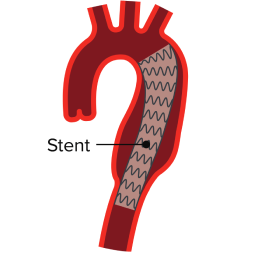
Endovascular repair
A small incision is made in your groin area, and a stent graft is inserted through a blood vessel in the groin area. Using an x-ray, the stent graft is then moved through the blood vessel to the location of the aneurysm and is ballooned open, sealing off the aneurysm. As a result, ongoing blood flow to the aneurysm is reduced/stopped and helps to prevent the aneurysm from growing bigger.







